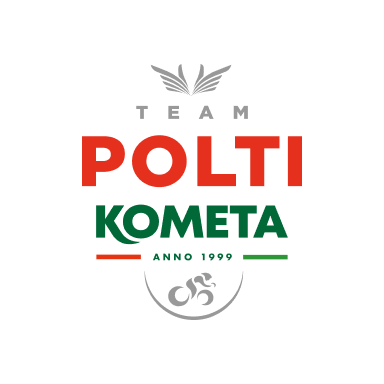Vuelta a Madrid, a challenge on ‘home fields’
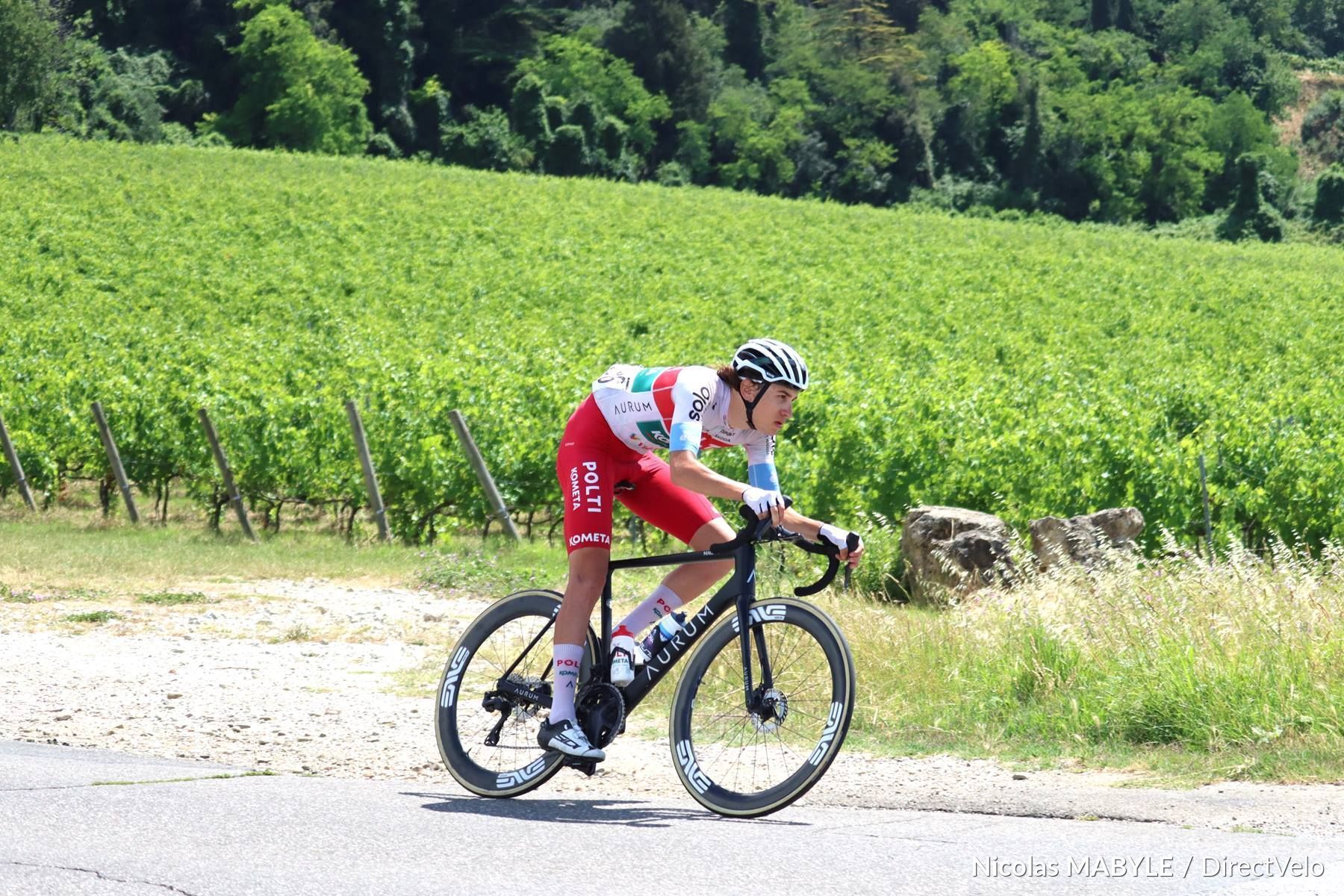
The Vuelta a Madrid will be the second of five stage races that the under-23 team will compete in during the month of July. It will be a special race for the squad, as it will be one of the few races in which they will participate in Madrid, the origin of the structure. There will be four stages in addition to the initial team time trial.
The squad will be composed of seven riders. The Bessega brothers, Gabriele, almost with no rest after competing in Vuelta Ávila and Tommaso will be on the start line to bring power and top speed to the team. Catalan rider Gerard Cano after a great training block and a recovered Manuel Sanroma will also take part in the race after a period of rest forced by an injury. Bálint Feldhoffer will wear the Hungarian under-23 champion’s jersey for the first time and alongside him, Dario Giuliano and Gabriele Raccagni will return to competition after the Giro Next Gen.
The riders will tackle five stages from Wednesday to Sunday. The race will start with a nine-kilometre team time trial. It will be the first time that the team will take part in a stage with this format during the season. The second day will also have a novelty. The riders will face two sections of sterrato (dirt roads). The ascents to Valdealcalá (3rd) and Valdelaguna (3rd) will dynamite a stage with a ‘classic’ taste. The third stage will be the first test for cyclists with a climbing profile. It will be the shortest stage of the edition (except for the initial time trial), but also the one with the most demanding climbs. Puebla de la Sierra (1st), La Hiruela (2nd) and Horcajuelo de la Sierra (3rd) will eliminate many riders from the fight for the overall classification.
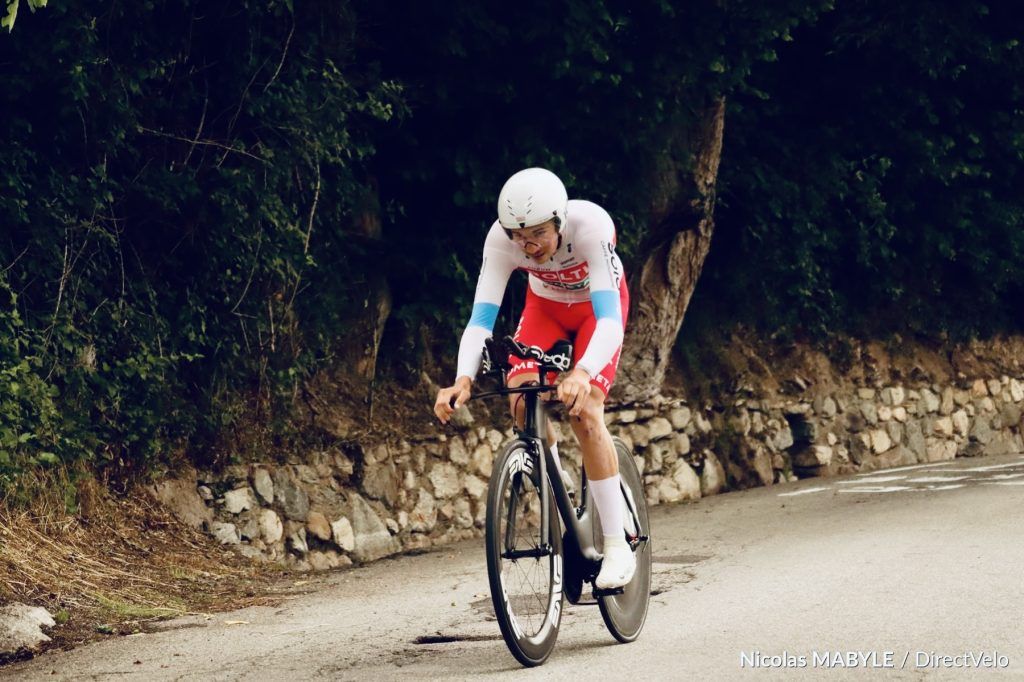
The fourth stage between Paracuellos de Jarama and Alcalá de Henares will have a mid-mountain profile, which with its four climbs, including a double pass through Loranca de Tajuña (3rd), and the multiple steep climbs along a 139-kilometre stage, will return the race to the ‘classic’ stage taste. It will be a leg-breaking route, but also the most favorable day for a sprint finish. The fifth and final stage will be very similar to the fourth day. The profile will be mid-mountain and the length of 139 kilometres will be the same. The circuit around the ascents of La Almenara (3rd) and San Antonio (3rd) will close a Vuelta a Madrid with great alternatives.
“We have a good profile of riders for the team time trial on the first day. We will go day by day because of the type of riders we have. The second stage is through our training zone and there will be a small group where we hope to be. The third day will further select the general classification. Fighting for stages will lead us to fight for the general classification as well. For the last days we have the Bessega brothers who are very fast. We have fast people, people for the general classification and people to collaborate”, Miguel Gómez sums up before a Vuelta a Madrid with a very diverse route.
Manuel Sanroma will return to competition after the accident he suffered while training: “It’s been almost two months without competing and the thought of returning as soon as possible has made me even more motivated. My team-mates have shown during the last races that they are in good shape and personally I don’t know how my body will respond, but the sensations when training are getting better and better and I hope to get into a rhythm and be able to help the team as much as possible”.
Stage 1: T.T.T Valdemorillo – Valdemorrillo (9km)
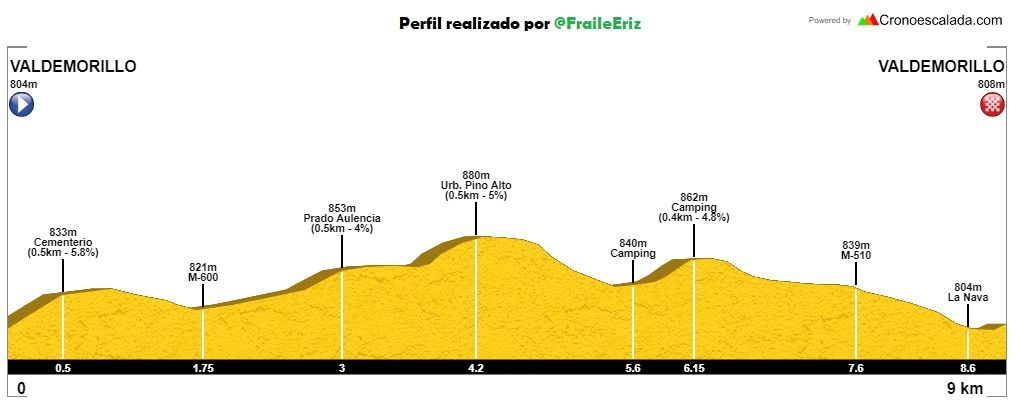
Stage 2: Chincón – Chinchón (119km)

Stage 3: Buitrago del Lozoya – Buitrago del Lozoya (100km)
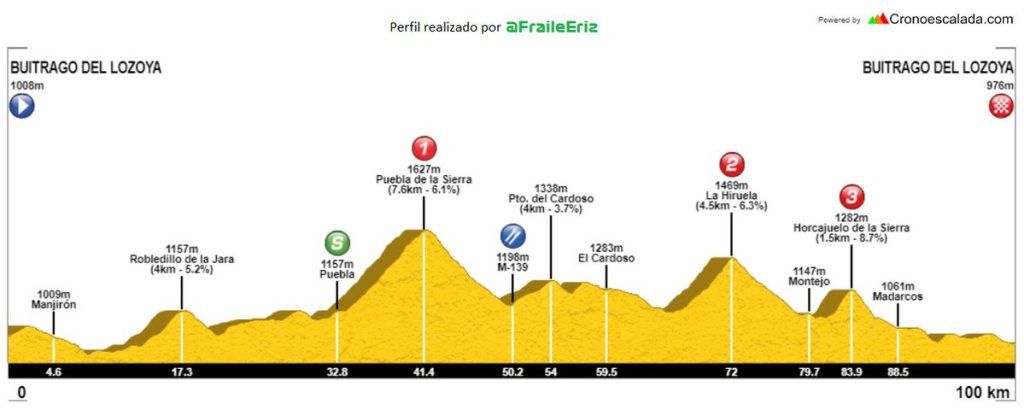
Stage 4: Paracuellos – Alcalá de Henares (139km)
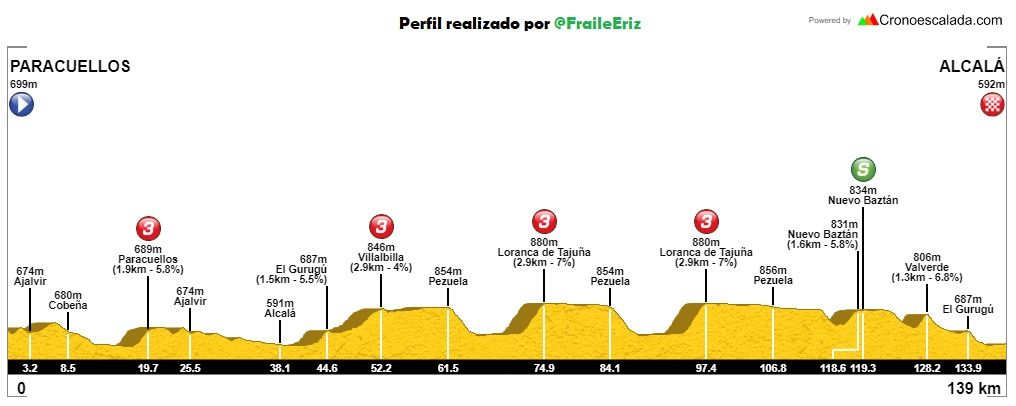
Stage 5: Robledo de Chavela – Robledo de Chavela (139km)
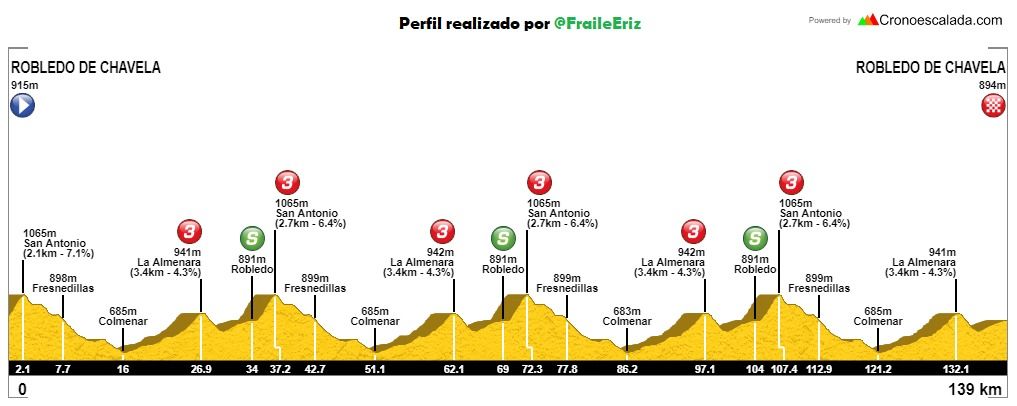
Photos: Directvelo
